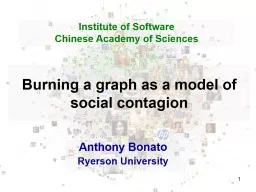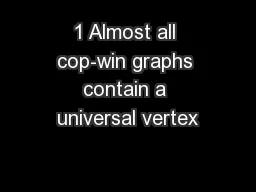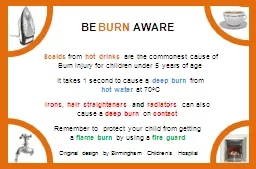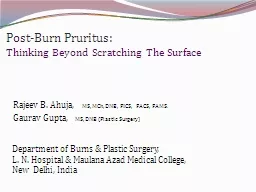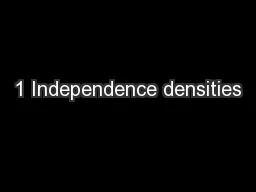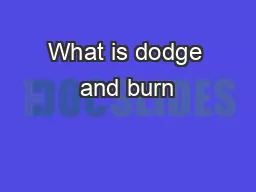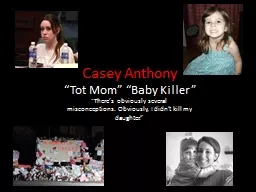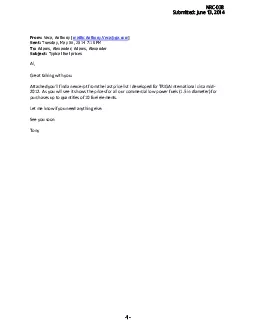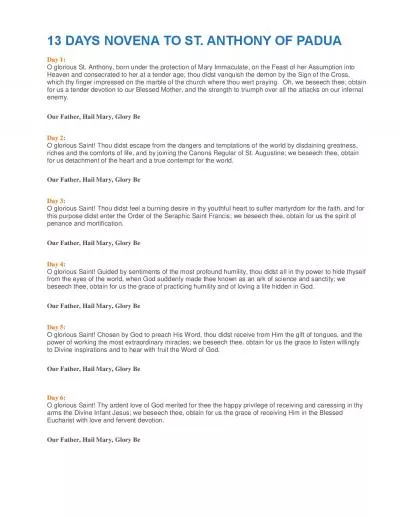PPT-1 How to burn a graph Anthony Bonato
Author : stefany-barnette | Published Date : 2019-06-19
Ryerson University GRASCan 2015 GRASCan 2012 Ryerson University 2 Emotions are contagious Graph burning Anthony Bonato 3 KramerGuilloryHancock14 study of emotional
Presentation Embed Code
Download Presentation
Download Presentation The PPT/PDF document "1 How to burn a graph Anthony Bonato" is the property of its rightful owner. Permission is granted to download and print the materials on this website for personal, non-commercial use only, and to display it on your personal computer provided you do not modify the materials and that you retain all copyright notices contained in the materials. By downloading content from our website, you accept the terms of this agreement.
1 How to burn a graph Anthony Bonato: Transcript
Download Rules Of Document
"1 How to burn a graph Anthony Bonato"The content belongs to its owner. You may download and print it for personal use, without modification, and keep all copyright notices. By downloading, you agree to these terms.
Related Documents

